Qualcomm Details Snapdragon 820: Phones, Drones And VR
There's a lot riding on the Snapdragon 820; it's fair to say Qualcomm hasn't had the home-run success with the Snapdragon 810 that it might have hoped for. Questions about the chipset's heat output, not to mention some high-profile defections from flagship device makers like Samsung, cast a shadow over the 810's roll-out.
Meanwhile, there's a sense among Qualcomm executives that the company's integration abilities – pulling together CPU, GPU, DSP, radios, and more – aren't getting the recognition they deserve.
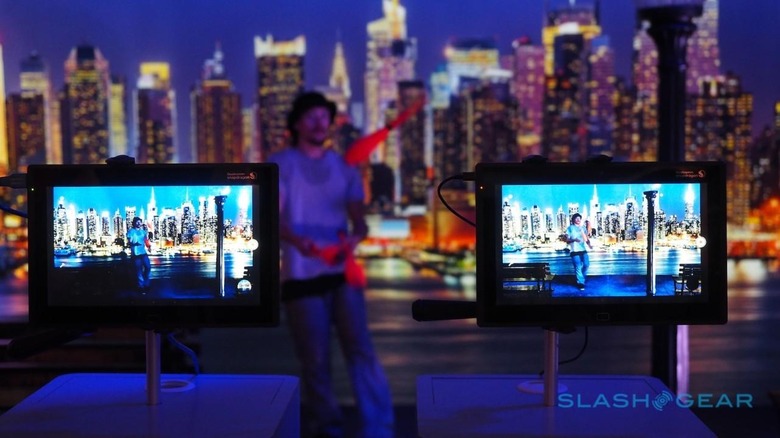
As a result, Qualcomm has doled the Snapdragon 820 out piecemeal through the year. Back in August, it opted to put not the processing cores but the graphics and camera ISP first and foremost as it spoke about the new chip's abilities, a tacit acknowledgement that it's graphics and visual abilities that will probably drive the next generation of device upgrades.
That's because, while Qualcomm still expects smartphone sales to grow – pointing to Gartner's forecasts that the smartphone installed base will grow 53-percent from 2015 to 2019 – the chipmaker actually envisages the Snapdragon 820 turning up in a number of other platforms, particularly in augmented and virtual reality, as well as automotive and drones.
"Immersion for us is blurring the lines between what's rendered and what's real," Tim McDonough, vice president of marketing for Qualcomm Technologies, said today in New York City during a showcase for the new chipset.
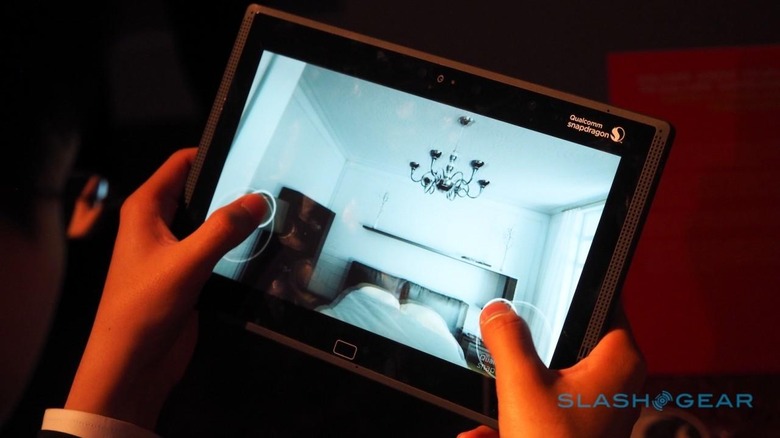
That means a combination of visual and audio improvements, like 3D surround sound through headphones, higher-resolution displays with less latency, and more accurate colors, together with more intuitive interactions that are personalized and responsive.
"From a technical capability, we think we have the best chip for VR," Keith Kressin, VP of product management at Qualcomm Technologies said at the event, highlighting the dedicated sensor hub and vector extensions for fast algebraic processing. However, the company opted to demonstrate more traditional smartphone and tablet form-factor reference designs at today's launch.
"We decided not to show any demos of VR," Kressin explained, "hopefully you'll see we have all the plumbing. Some will be connected, some won't: we'll support both. You'll be able to have a very small form-factor ... but there's a lot more to it to build a demo."
"That includes the form factor, the audio, choosing the right screen sizes, software optimization, and latency reductions."
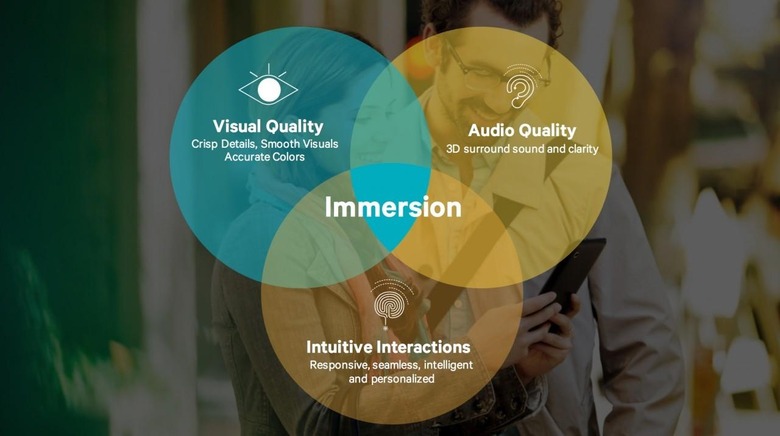
In fact, Qualcomm does have virtual reality prototypes it has been using to test the Snapdragon 820's performance, but they're for internal use only.
"A lot of those are ongoing right now," Kressin explained. "There are a lot of industry leaders coming out with products in the next X months. We think we have the best chip. But beyond just sliding a device into a Google Cardboard or View Master, we decided to wait until we had something that much better."
The risk, as Qualcomm sees it, is that a thrown-together reference design could actually end up doing more damage than good in terms of setting expectations.
"As these devices become more complex, and these devices get more immersive, it's hard to do that with a clunky dev device," Tim Leland, VP of product management said. "You need to get something closer to a final form factor, with a display that's the absolute top end, widest color gamut ... otherwise you show something and get "meh, it's a little bit better than it was before." VR is a particularly difficult one to demonstrate as a chip company that doesn't make the final hardware device."
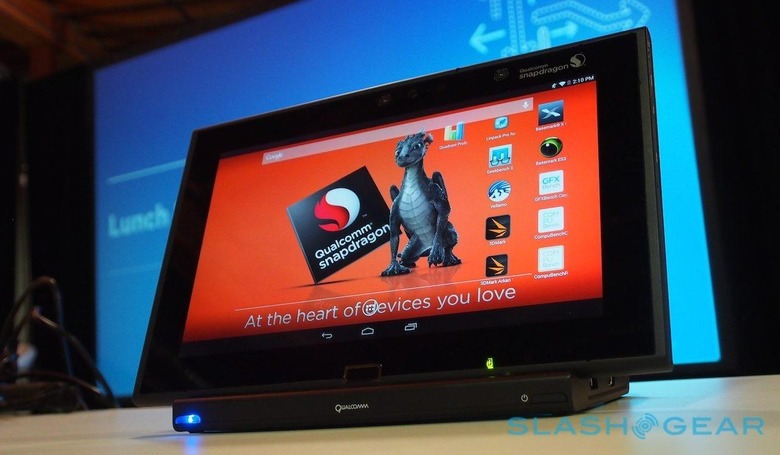
In fact, there's a tension between how broad Qualcomm is hoping to position the Snapdragon 820, and how much it wants to demonstrate right now.
"For smartphones, there's a lot of push for being first: you can get a lot of attention for that. But for VR, I think there's more of a desire to wait, to work on things like software refinements," Kressin argued.
"I think the purpose mostly of [today] was to highlight 820, why it's great for smartphones, all the features. But then to give you a hint that a lot of the things in the 820 are things other hardware want. Maybe drones don't want to rely on separate gyros; the same in automotive. ... we have this foundation. We put things in this chip that we wouldn't have if this chip wasn't going to go into other products than smartphones."
For all Qualcomm tries to position this latest Snapdragon as the do-anything answer to an increasingly connected world, it's likely to butt up again with more fundamental questions such as heat output. It's something Kressin is hoping to put to rest early.
"Everything was done to optimize power," he pointed out. "There have been some rumors about the 820 overheating. I think our competitors would love those rumors to be true. I can assure you, we have the 820 in our hands, the rumors are not true."
Part of that is the decision, despite having octa-cores lower down in the Snapdragon range, to stick with quad-core architecture. The 820 uses four Kryo CPUs – along with an Adreno 530 GPU, Hexagon 680 DSP, and an X12 LTE Cat.12 modem – something Kressin says comes down to how software actually makes use of the hardware on offer.
"It's really hard to find anything using four cores," he argued, "any more than that, it's really not a performance based discussion, it's really a power based discussion. The important part for us wasn't so much CPU contention and power contention, it was CPU use across the chip."
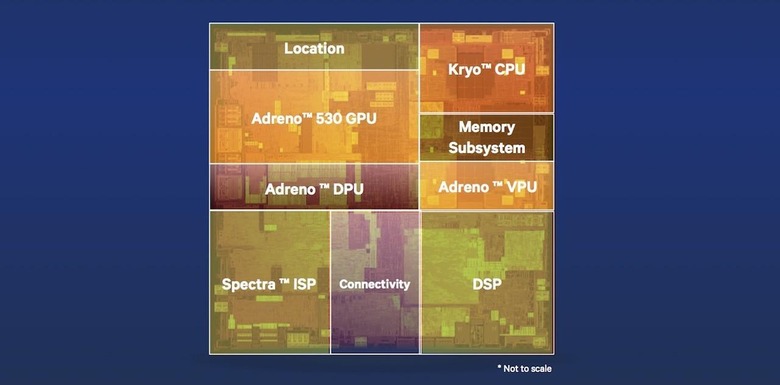
In fact, if Qualcomm had its way, there'd be less focus paid to just the cores, and what the SoC pieces together as a whole.
"It does a disservice to the consumer when there's so much attention paid to the CPU," Kressin says, "in fact we've tried to portray the CPU as just one part of many. In the higher tier chips, customers are more interested in "what do I get?", in the experience."
That might mean thinking of streams, not cores. "We're setting out to correct perceptions about what's important in connected devices," Peter Carson, senior director for Qualcomm's modem efforts, countered. "From our perspective, that's the connection."
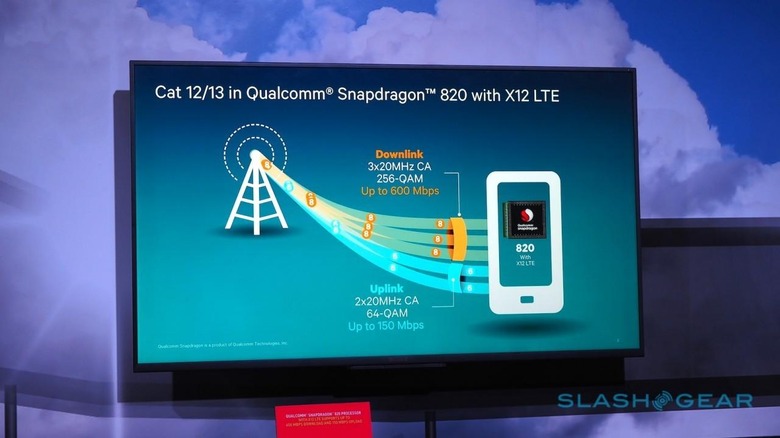
So, the X12 modem paired with the Snapdragon 820 supports Category 12 LTE, for a theoretical maximum of 600 Mbps downlink and 150 Mbps uplink. That's courtesy of carrier aggregation, with the X12 capable of bonding six channels where some high-end chip rivals top out at just two.
"Our competitor that popularized core counting," Carson teased, "forgot about stream counting."
Exactly when Cat.12 will be supported by US carriers is unclear, but some of the Snapdragon 820's abilities will be available more readily. WiFi Quality Monitoring, for instance, which can automatically switch calls over between WiFi and VoLTE connections depending not only on the strength of the WiFi network but its actual performance is all handled on-device; as long as the carrier supports both systems, the phone should be able to make those switches dynamically.
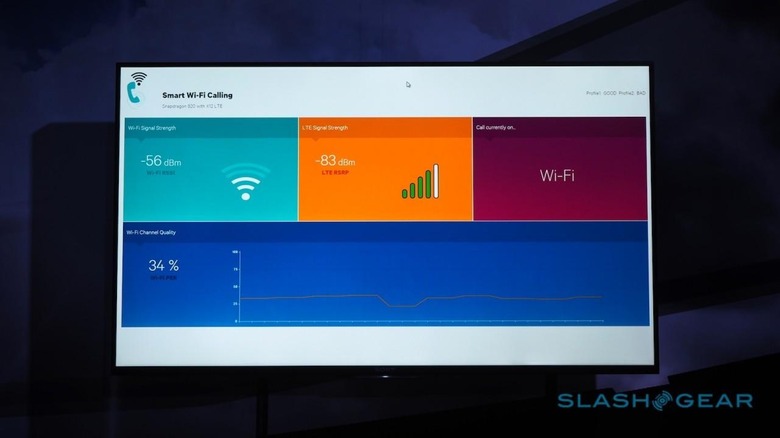
Antenna tuning, meanwhile, will allow for phones that use more metal in their construction without suffering signal degradation. It'll have a knock-on effect to the network, too, which should automatically tell the device to lower its power output and thus save on battery life.
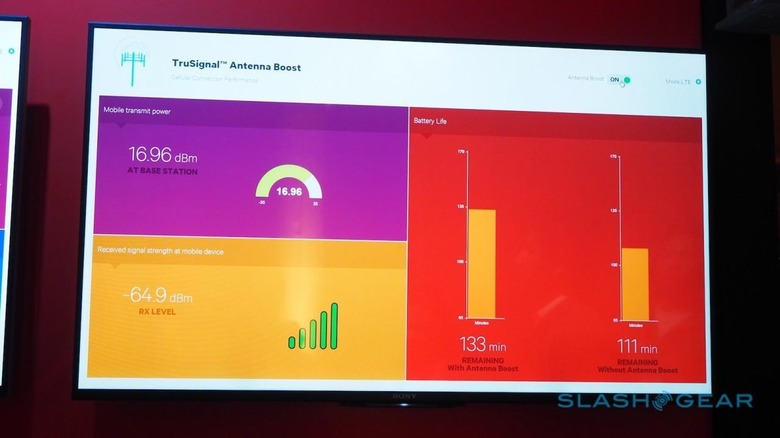
It's clear that Qualcomm is attempting a lot with the Snapdragon 820, and there's an argument that could be made that the company should have focused on one or two areas – something contentious, perhaps, like heat. Unsurprisingly, it's aggressive in defending its ambitions.
NOW READ: The WiGig docks are coming
"We took a risk changing a lot at once, in a lot of technology cores, but that risk paid off in the chip we have today," Kressin concluded. "We're exceeding our expectations for power and performance."
Whether that pans out in the real world will have to wait until the first half of 2016, when Snapdragon 820 shows up in production phones and tablets. With over sixty design wins already, so Qualcomm claims, they shouldn't be in short supply.
